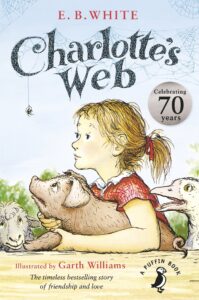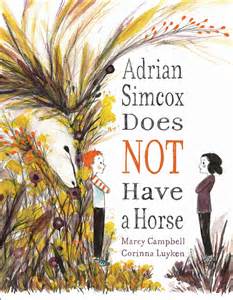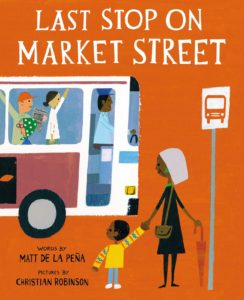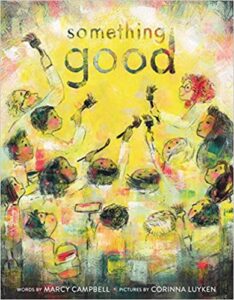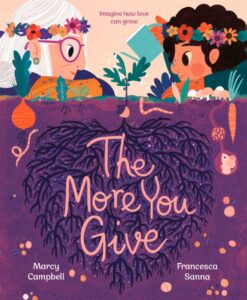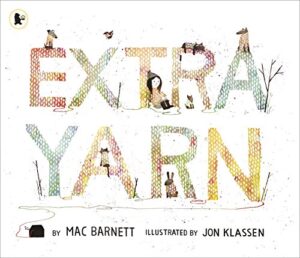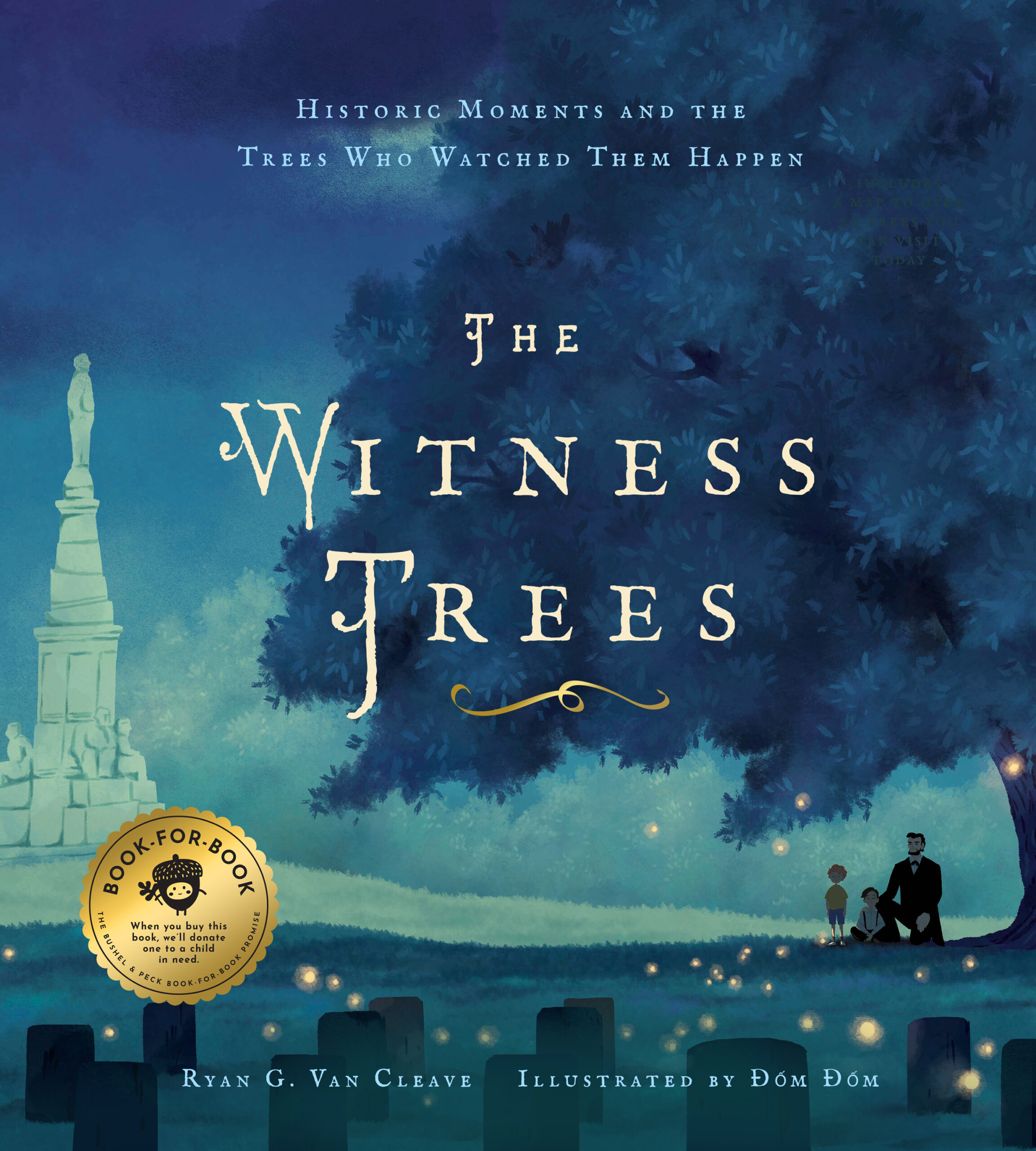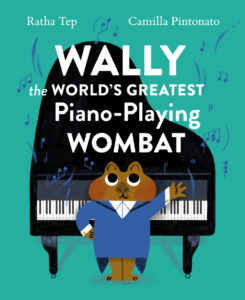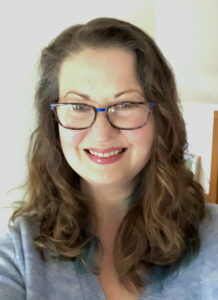 This month’s Industry Insider is Reka Simonsen. Prior to becoming Editorial Director at Atheneum, she worked at various publishers and bookstores such as Houghton Mifflin Harcourt, Henry Holt Books for Young Readers, and Books of Wonder.
This month’s Industry Insider is Reka Simonsen. Prior to becoming Editorial Director at Atheneum, she worked at various publishers and bookstores such as Houghton Mifflin Harcourt, Henry Holt Books for Young Readers, and Books of Wonder.
To know why we’re so excited to have her join us at OPB, just look at some of the people she’s worked with—Margarita Engle, Carole Boston Weatherford, Evan Turk, Frank Morrison, Jamie Sumner, Linda Urban, Joy McCullough, Emily Ecton, Melanie Crowder, Brian Pinkney, Sean Qualls, Lita Judge, and Lloyd Alexander, among others.
And then there’s the awards that books she’s edited have won—a Newbery Honor, a Coretta Scott King Award and an Honor, a Geisel Honor, a Sibert Honor, Walter Honors, a PEN USA Award, several Pura Belpré Awards and Honors, Jane Addams Peace Awards and Honors, Americás Awards and Honors, a Christopher Medal, Charlotte Zolotow Awards, and they’ve been finalists for the Morris Award, the Andre Norton Award, and the Edgar Award.
Wow, right? Let’s get straight to the interview to discover how Reka makes the magic happen.
RVC: What was your first vital/transformative experience with books?
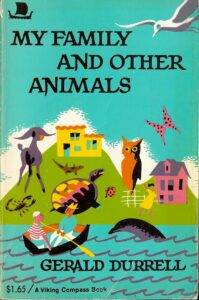 RS: Books have been such an important part of my life since very early childhood that it’s hard to think of one transformative experience that I’ve had in relation to them, but some of my earliest and happiest memories are of reading with my father. Long after I’d passed the usual age for bedtime stories, he and I would take turns reading to each other, often from favorites like My Family and Other Animals by Gerald Durrell. I still reread that book almost every year, in memory of my dad. And I very nearly became a wildlife biologist because of Gerald Durrell’s books…
RS: Books have been such an important part of my life since very early childhood that it’s hard to think of one transformative experience that I’ve had in relation to them, but some of my earliest and happiest memories are of reading with my father. Long after I’d passed the usual age for bedtime stories, he and I would take turns reading to each other, often from favorites like My Family and Other Animals by Gerald Durrell. I still reread that book almost every year, in memory of my dad. And I very nearly became a wildlife biologist because of Gerald Durrell’s books…
RVC: You graduated from Hunter College with degrees in art and English. What was the career plan at that point? Was it wildlife biology?
RS: Getting a job with health insurance! I’m joking, but not really. I deferred college for several years while I trained as a dancer, so when I did finally go to school, I knew the financial insecurity that comes from being in the arts. Because of that, I was aiming for a career that fulfilled both my need for creativity and my need for basic benefits. I was working part-time in publishing while I was in college, so I already knew I liked the work; my goal was just to get into the area of publishing that I had always loved: children’s books.
RVC: Though most people think of you as a kidlit editor, you got your start by editing textbooks and coffee table books. How did that work prepare you to be an editor for children’s books?
RS: At the time, I wondered if the skills specific to those two types of books would be of any use once I started working with children’s books. Turns out that a few of them have. Knowing how to do photo research and obtain permissions has come in handy when I’ve worked on nonfiction books. And editing coffee table books gave me a good eye for how art and text work together to create visual energy and interest for readers, whether young or old.
RVC: What was the first picture book you edited?
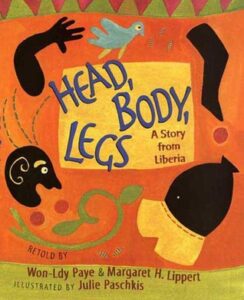 RS: At first, I edited a lot of things that I inherited from predecessors. The first picture book I acquired and edited was Head, Body, Legs, a Liberian creation story by Won-Ldy Paye and Margaret Lippert, illustrated by Julie Paschkis.
RS: At first, I edited a lot of things that I inherited from predecessors. The first picture book I acquired and edited was Head, Body, Legs, a Liberian creation story by Won-Ldy Paye and Margaret Lippert, illustrated by Julie Paschkis.
RVC: What was the most important lesson that book taught you?
RS: The importance of working collaboratively, which is something I agreed with in theory but had never had such a hands-on experience of before this book. The text is a collaboration between two authors: Won-Ldy is from Liberia and has known the traditional tale his whole life, and as a professional storyteller he can hold an audience rapt with his rendition of it. But he had not written a book before, which was where his friend and collaborator Margaret came in. She is a writer and educator, and she knows how to shape things so that the written version that a parent might read with their kid lands with the same impact that the story has when told in the oral tradition. Then the two of them worked directly with their friend Julie to help interpret the story visually, which was not an easy task, given that it’s about three individual body parts trying to figure out how to come together to make a person! Usually, authors and illustrators do not work directly with one another, but in this case all three of them were friends, and that brought another layer to the book. The art director and I worked closely with all three of them to help shape the folktale into a wonderful book. It was an incredible experience!
RVC: That sounds amazing! Now, what’s the most common misconception about editors?
RS: Even in the book world, I find that most people still think that editing means correcting grammar and punctuation—the kind of red-pen editing that a lot of us are familiar with from the notes teachers wrote on our school essays. More experienced writers and agents know otherwise, of course, but first-time authors still often expect that the first thing they’ll see from an editor is a detailed line-level edit of the manuscript, which is usually a much later step in the process, rather than a letter or conversation that looks at the bigger picture aspects of the story, which is more often the first editorial step.
RVC: What was the most demanding/challenging picture book you’ve worked on?
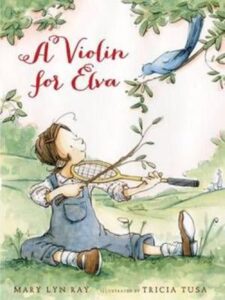 RS: I’d have to say A Violin for Elva by Mary Lyn Ray, illustrated by Tricia Tusa. The book itself was wonderful, as were the author and the illustrator, who are both incredibly talented, and lovely people to boot. But long before I started at Harcourt, the two of them had disagreed about the vision for the book, and so the project languished for many, many years. Then I approached them about finding a way forward together, and we were able to do that. While I’d like to think that my fresh perspective and sheer brilliance were what did the trick, I think it was more that enough time had passed for everyone to approach it with more clarity.
RS: I’d have to say A Violin for Elva by Mary Lyn Ray, illustrated by Tricia Tusa. The book itself was wonderful, as were the author and the illustrator, who are both incredibly talented, and lovely people to boot. But long before I started at Harcourt, the two of them had disagreed about the vision for the book, and so the project languished for many, many years. Then I approached them about finding a way forward together, and we were able to do that. While I’d like to think that my fresh perspective and sheer brilliance were what did the trick, I think it was more that enough time had passed for everyone to approach it with more clarity.
RVC: In the few years I’ve been doing interviews here at OPB, I’ve only had a few with a noticeably absent digital footprint. While you’re not quite in the running with them, you’re close! What’s your relationship to social media?
RS: Ha! Well, it is intentional. While social media has some wonderful upsides, it has a lot of downsides, and for me there are just too many instances where it goes negative and seems to bring out the worst even in well-intentioned people. I really don’t need to see more of that than necessary—the state of the world provides quite enough stress these days!—so I stay off social media as much as I can. I find that even without being very active on most platforms, I still hear the big headline-level events and news fairly quickly.
RVC: How important is it for authors to use social media or maintain some type of web presence?
RS: It seems to be much more important for YA authors than for authors writing in any other age category of children’s books. While of course it’s helpful to have some online presence, there just aren’t many platforms where people outside the industry chat up picture books or middle-grade novels, so the kind of TikTok phenomenon that some YA and adult books are benefiting from just doesn’t seem to be happening for other sorts of books.
RVC: How do you handle pressure at work?
RS: It is very easy in our industry to spend every waking hour either working or thinking about work, an unhealthy situation that has gotten even more pervasive since the pandemic has resulted in many of us working from home indefinitely. But I try very hard to shut down my computer at a reasonable time except when there’s a truly urgent reason for me to keep working at that moment and turn my mind to something else. Plus, I’ve built in other activities, fun things that aren’t work related, that force me to stop work by a certain time at least a few days a week. When things are stressful, often it helps if I take a walk to get some fresh air—even better if I get to see some happy dogs out and about!
RVC: Do you ever get editor’s block?
RS: Oh, yes; I think every editor does once in a while. For me, it helps to read a really good book that I didn’t edit! And sometimes revisiting old favorites can rekindle the spark and remind me why I love working with children’s books. I think it’s also really important to have some creative outlets that are not about books. As editors, our work is often creative and fulfilling, but we can’t mistake that for having our own creative passions that are entirely separate from our jobs. For me, those are things like singing in a chorus, working in the garden, cooking, and to keep both my hands and my mind busy but relaxed, knitting while watching basketball.
RVC: One last question for this part of the interview. It’s brag time! What upcoming projects are you especially excited about?
RS: Where to start?! I’m beyond excited about Daughters of Oduma by Moses Ose Utomi, an incredibly fresh, epic YA fantasy inspired by West African culture that’s coming out in February. It’s the story of an élite female fighter named Dirt who feels she’s over the hill but must reenter the competition to protect her found family of younger sisters. It’s a fiercely feminist, body-positive novel with characters that just grab you by the heart and don’t let go.
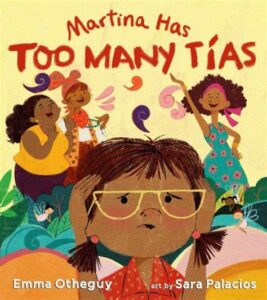 I’m also absolutely thrilled about Emma Otheguy’s picture book Martina Has Too Many Tías which has the most adorable illustrations by Sara Palacios. It is a wonderful reimagining of the beloved Caribbean folktale “La Cucaracha Martina” that any child (or adult!) with a loud, lively family will be able to relate to.
I’m also absolutely thrilled about Emma Otheguy’s picture book Martina Has Too Many Tías which has the most adorable illustrations by Sara Palacios. It is a wonderful reimagining of the beloved Caribbean folktale “La Cucaracha Martina” that any child (or adult!) with a loud, lively family will be able to relate to.
RVC: Thanks for that, Reka. But now it’s time for the LIGHTNING ROUND! Zippy questions and zappy answers. Are you ready?
RS: Yes!
RVC: What secret talent do you have that no one would suspect?
RS: I can write backwards—mirror writing. It’s not a very useful talent, but it’s kind of a fun parlor trick. And I found out the hard way (by breaking my wrist) that I can write with both hands, though admittedly my left-hand writing is at about a third-grade level.
RVC: You can only eat one food for the rest of your life. What is it?
RS: Only one? I guess I’ll have to go with my favorite birthday cake: lemon cake with lemon curd and whipped cream.
RVC: Five things we’d see if we checked out your favorite writing/editing place.
RS: My tortoiseshell cat, Maisie, who is trying to crawl into my lap; an in-progress knitted blanket that at this point is just big enough to keep my toes warm; a view of my newly planted garden which will hopefully be more impressive next year; two very tall, very full bookcases; and two beloved original Edward Gorey prints.
RVC: What’s the One That Got Away?
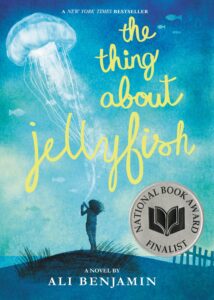 RS: Oh, there’s more than one! The two that have stuck with me the most, even though they were a long time ago now, are The Thing about Jellyfish by Ali Benjamin and We Are Not Free by Traci Chee.
RS: Oh, there’s more than one! The two that have stuck with me the most, even though they were a long time ago now, are The Thing about Jellyfish by Ali Benjamin and We Are Not Free by Traci Chee.
RVC: Who sets the standard for writing picture books with heart?
RS: So many wonderful writers to choose from, but two who always speak to my heart are Julie Fogliano and Mem Fox.
RVC: What literary agent’s compliment about you would please you most?
RS: I suppose that they’ve heard great things about me and have been wanting to work with me!
RVC: Thanks so much, Reka!


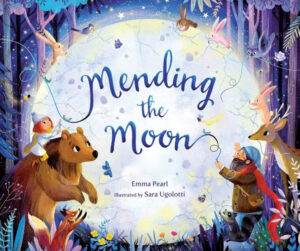
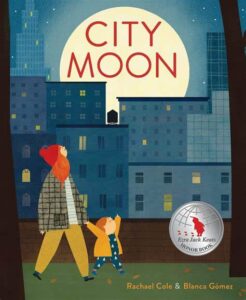
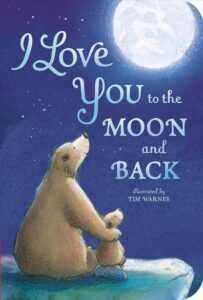
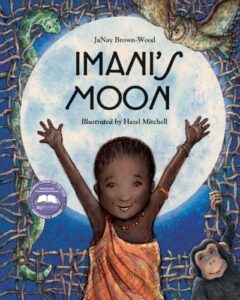
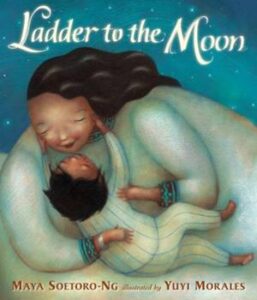
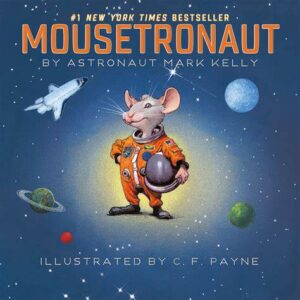
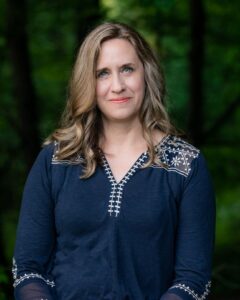 This month’s interview is with Marcy Campbell, whose debut picture book, Adrian Simcox Does
This month’s interview is with Marcy Campbell, whose debut picture book, Adrian Simcox Does 